‘Easiest aircraft I’ve ever flown’: Taking the F-35 for a spin - and a fight
In the second of a three-part series on the F-35 Lightning II Joint Strike Fighter, Channel NewsAsia finds out what's it like to fly the fifth-generation fighter jet through an interview with Lockheed Martin's F-35 chief test pilot.

Lockheed Martin's F-35 chief test pilot Paul Hattendorf in the cockpit of an F-35B. (Photo: John Wilson/Lockheed Martin)
FORT WORTH, Texas: An F-35 is slicing through the air faster than the speed of sound, but the last thing on the pilot’s mind is the flying itself.
Instead, the pilot is looking at a panoramic view of the world around him, projected on the inside of his helmet visor. This view is crawling with little red triangles, indicating enemy targets on the ground, some as far as hundreds of kilometres away.
One of the triangles is a long-range air defence system, close enough to fire at him and kill him. But the pilot doesn’t care. He knows the enemy cannot see him. He presses forward with his mission, which is to destroy a convoy of enemy vehicles.
Sure enough, four red triangles appear, indicating movement at 10 o’clock. The pilot checks the touchscreen display on his console. It is a single, God’s eye view of everything on the battlefield. It confirms the same targets.
Just to be sure, the pilot moves his computer's cursor over the targets.
The computer tells him that his radar, threat warning system and targeting sensor all see the same thing. It tells him it is 96 per cent sure those targets really are enemy trucks. The computer tells him they are close enough for his bombs to destroy them.
“Pilots are very sceptical people,” Lockheed Martin’s F-35 chief test pilot Paul Hattendorf told Channel NewsAsia on Oct 2, as he stood beside a brand new F-35B that will be delivered to the US Marines.
“You’re targeting stuff, so you’re meaning for that stuff to go away. So, you want as much validation of everything that you can get.”
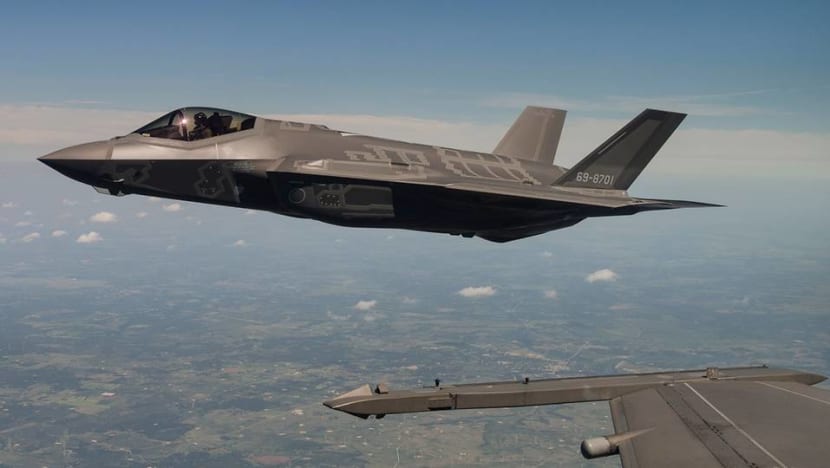
The pilot is confident.
He knows this information is accurate because the computer isn’t using just the sensors on his plane, but also the sensors on other F-35s, which might be somewhere out there.
This means that F-35 pilots don’t need to talk to each other. The planes are doing all the talking, over a secure channel that’s extremely difficult to jam or intercept. And the computer is pulling it all together.
The pilot moves in for the kill.
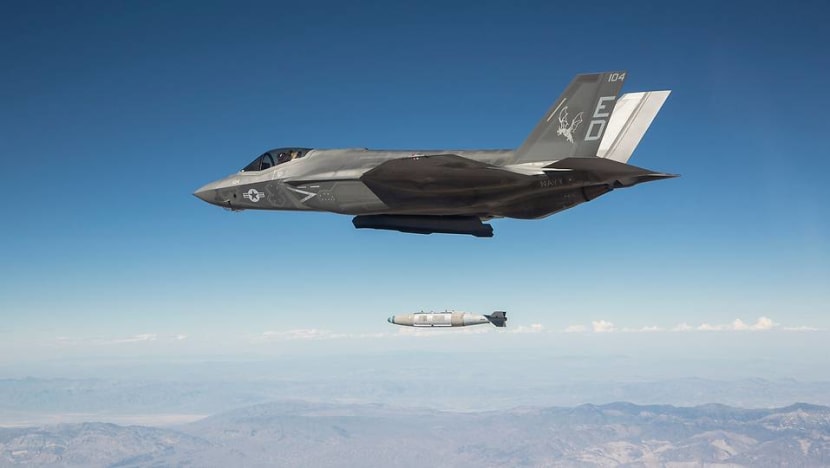
He pulls up a view from his forward-looking infrared camera, which zooms in on the enemy trucks and projects as a picture within a picture on his helmet-mounted display. This sensor automatically locks on the targets. The pilot flicks a switch and four small-diameter precision bombs drop out of his bay.
The trucks erupt in a cloud of flame and dust.
This is roughly how a real mission scenario might play out, based on footage from the pilot's helmet producer, Rockwell Collins ESA Vision Systems.
And it is certainly plausible with the F-35’s stealth, sensor fusion and Distributed Aperture System (DAS).
DAS, comprising six cameras placed around the jet, stitches the video together and projects it on the inside of the pilot’s helmet visor, allowing him to see through the jet in all directions.
“It’s a really neat capability and technology advancement,” Hattendorf said of the DAS. “In an F-16, you had to roll the aircraft to look down.”
The lack of sensor fusion in the fourth-generation F-16 also means that its pilots saw different symbols from different sensors for the same target. So, they had to compare the information and assess what’s really out there.
“In a legacy aircraft, the mainframe computer is really (the pilot’s brain) figuring it all out,” Hattendorf said. “Now, sensor fusion presents a common picture where he can focus on being the tactician and servicing the target.”
And when Hattendorf compares the F-35 to the F-16, he’s speaking from tons of experience. The former US Air Force pilot has flown the F-16 for more than three decades, clocking more than 4,000 hours on the jet. He has 600 hours on the F-35, having first flown it in 2012.
This comparison is also important because Singapore is evaluating the F-35s as a potential replacement for its F-16s. The country is reportedly interested in the B variant of the jet, which can take off from shorter runways and land vertically.
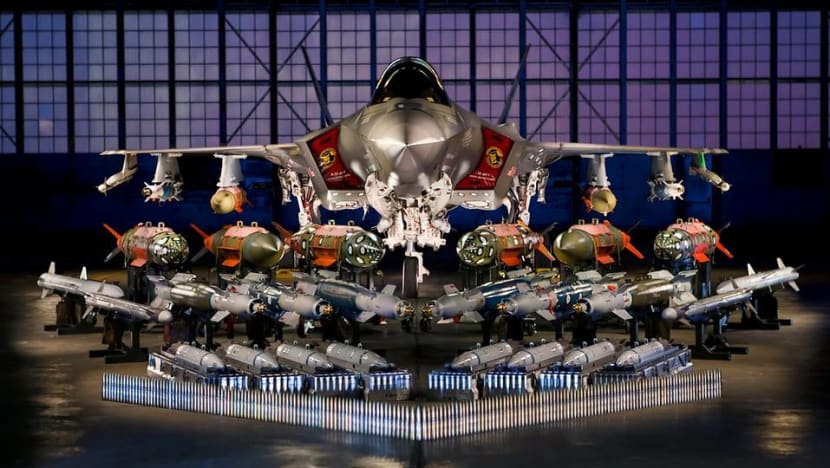
But how does the F-35 perform in close aerial combat with other jets? “It has very predictable flying qualities which make it easier for the pilots to fly,” Hattendorf replied. “This aircraft is not going to go out of control.”
There are weak points. Because of its large internal fuel tank, an F-35 might be carrying more fuel than the enemy. This extra weight puts it at a disadvantage when trying to turn quickly, Hattendorf acknowledged.
Still, an F-35 fully loaded with weapons and fuel can “manoeuvre with abandon”, as Hattendorf puts it. This is because its flight controls are so advanced, computers take care of the jet's weight and balance as the pilot pushes it to its limits.
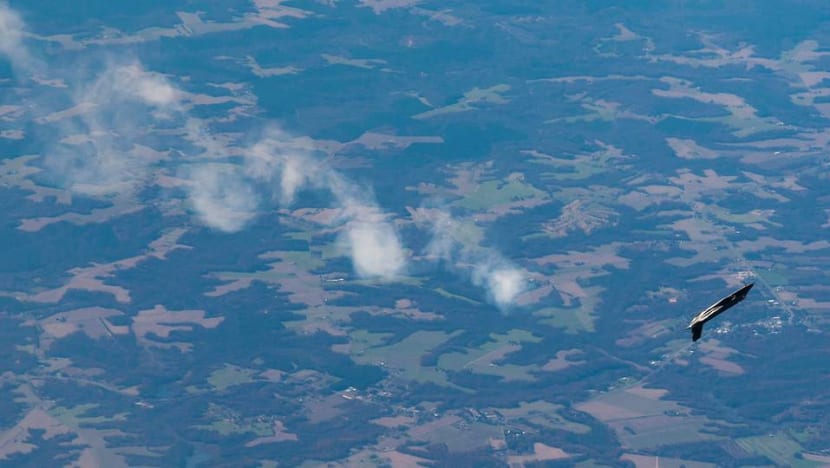
This means that a pilot being pursued from the rear can slam the throttle forward and pull the jet up sharply, pointing its nose 50 degrees against the sky. Blood rushes to his head and gravity crushes his insides. But it’s all worth it as the enemy will struggle to follow.
For example the F-16, hampered by its structural limits, can only climb at a much shallower angle when fully laden with weapons and fuel, Hattendorf said. Anything more might make the jet lose control and risk crashing into the ground.
And if the F-35 pilot can turn and get somewhere behind the enemy, he could finish it off. At this point, he doesn’t even need to point his nose at the jet, Hattendorf added. All he needs to do is to look.
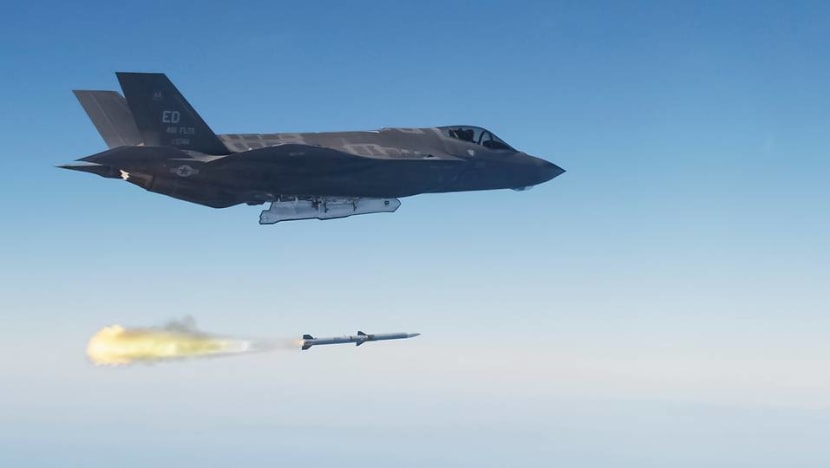
The helmet’s cueing system locks on the jet. The pilot flips another switch.
One AIM-9X missile, equipped with high off-boresight capabilities that mean it can hit a target that’s not directly in front, hisses out of the F-35 and charges towards the enemy.
The rest is history.
When that's done, landing the F-35 is also a piece of cake, Hattendorf said. He’s had no problems controlling the jet’s speed and descent rate, even in strong winds. In contrast, landing the F-16 “required a lot more” pilot skill.
“I’d say half of my landings on the F-35, I don’t even know I’ve touched down, because it’s that smooth,” he added. “The pilot can pretty much let go of his hands.”
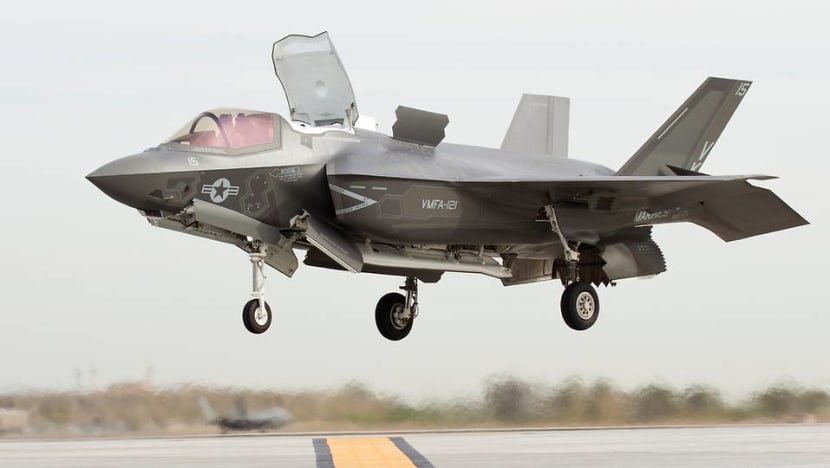
Performing a vertical landing on the B variant, which uses a lift fan and swivelling nozzle, is just as simple. “We have a lot of automation that makes life really easy in STOVL (short take-off/vertical landing),” Hattendorf said.
Comparing it to the STOVL-capable Harrier jet, which uses bleed air to land vertically, Hattendorf added: “Harrier pilots must use a lot of effort and bandwidth from their brains.”
The veteran pilot, who’s flown more than 50 types of aircraft in his life, makes the F-35 sound like an aviator’s dream. “This is the easiest aircraft I’ve ever flown in my life.”
Click here to read the first part of this series on how the F-35 might be a battlefield game changer and here for the final part on the programme's challenges and plans for the future.
Channel NewsAsia's visit to the F-35 assembly line was facilitated by Lockheed Martin.














